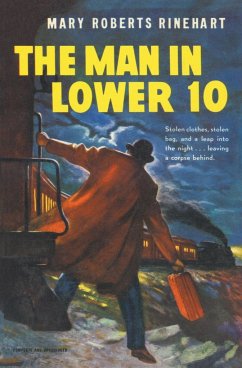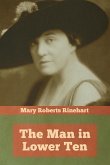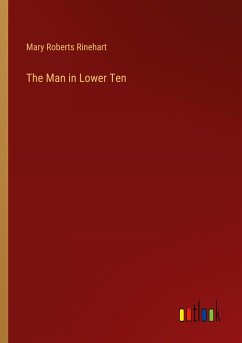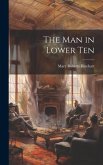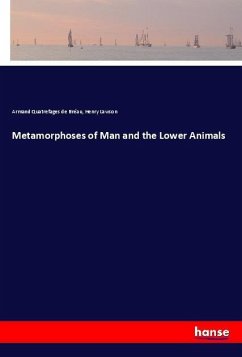The year is 1909, and a Washington attorney, fresh from taking a sensitive deposition in Pittsburgh, finds himself enmeshed in a murder, where he is the prime suspect. To top it all off, his train crashes on the way home, and the deposition testimony goes missing. In the meantime, he falls for a young woman who just happens to be the witness's niece and his law partner's girlfriend! As the mystery deepens, her own involvement in the case emerges. From the pen of the great Mary Roberts Rinehart, The Man in Lower Ten offers a authentic window on the world of the upper classes in the United States in the early twentieth century, when there were no airplanes, trains were the preferred method of long-distance travel, and even automobiles and telephones were not that common. And, of course, forensic science hardly existed. A fascinating book which will leave the reader in awe of how far we've come and maybe just a little nostalgic for the world that we've lost.
Bitte wählen Sie Ihr Anliegen aus.
Rechnungen
Retourenschein anfordern
Bestellstatus
Storno

